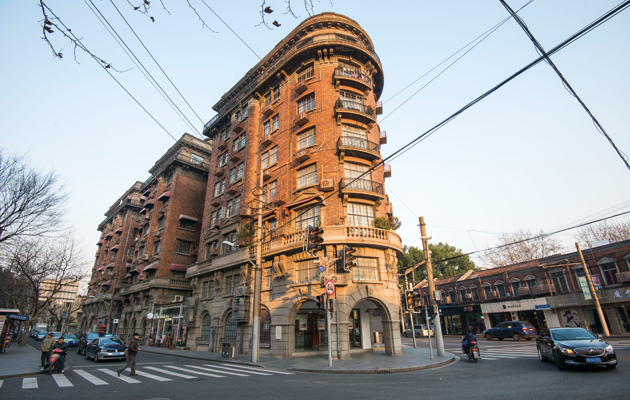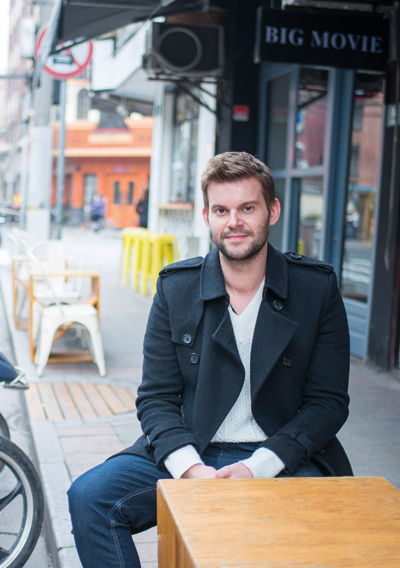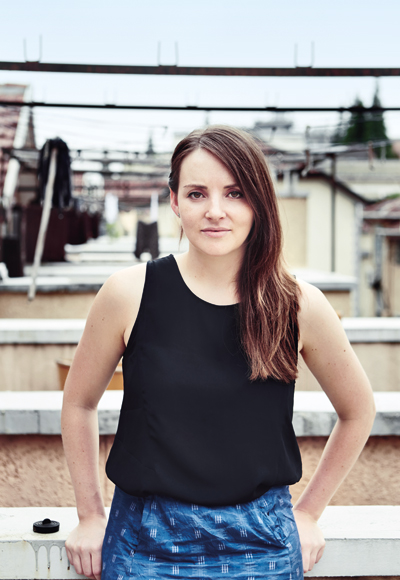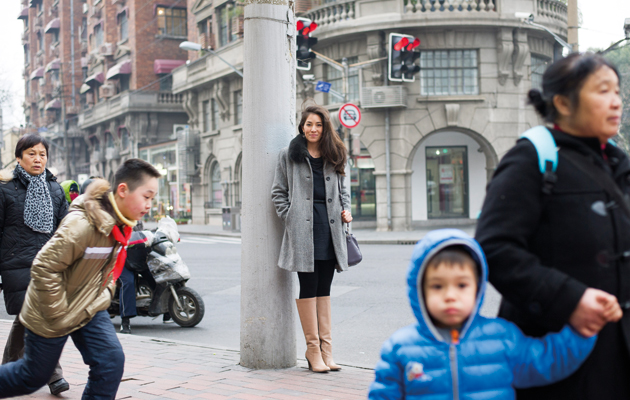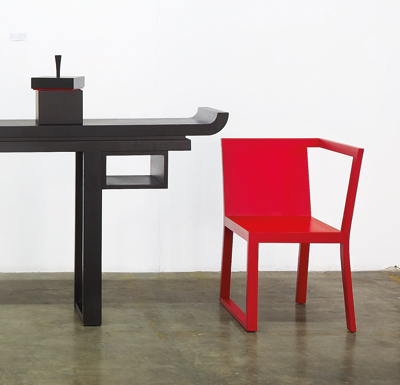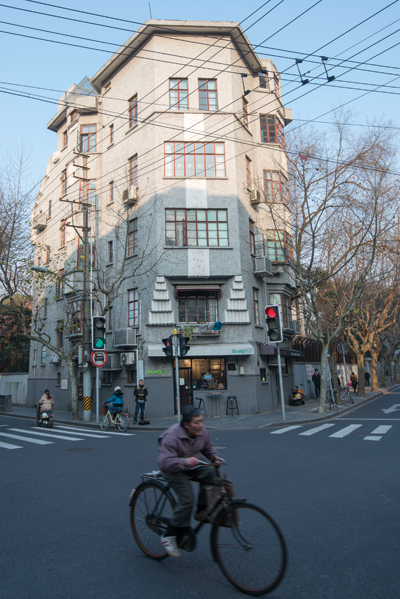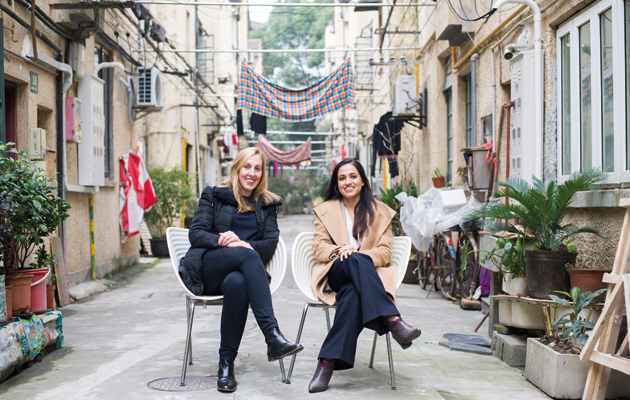|
|
||
|
The FFC – an area heavy with history – has been attracting young, entrepreneurial and multinational creatives You won’t find Shanghai’s former French Concession marked on any government map of the city today, but this former piece of French territory is now a vital part of its growing international design scene. The humiliation of treaties signed with foreign governments in the wake of the Opium Wars of the 19th century is still a sore point for many Chinese people, making the term “French Concession” a decidedly non-PC choice around locals. Despite this unofficial modern standing, many foreigners still use the term colloquially, along with the more correct monikers “Former French Concession” and FFC, to describe the area covering much of what is today known as the Xuhui and Luwan districts of downtown Shanghai, just 20 minutes walk from the Shanghai Exhibition Centre. The area was ceded to France in 1849 and became Shanghai’s premier residential area in the city’s jazzy 1920s. While it existed initially as a settlement for the French, other nationalities soon moved in, with significant populations of British, Americans and Russians also making their homes in the area.
Interior designer Baptiste Bohu is participating in Design Shanghai French control of the area ceased in 1943 and, after China’s communist revolution of 1949, many of the stately European-style homes in the area were allocated to workers, who would share the multi-storey homes among several families. Today, the area is still a magnet for young expatriate adventurers. The city’s wider expat demographic is fast evolving, with large international companies increasingly relying on local management, rather than posting foreign executives to oversee Chinese operations. This means that the foreigners making their way to Shanghai today tend to be younger, and keen to be in the thick of the city, rather than in traditional expat enclaves in the east and west of the metropolis, close to international school campuses. Significant numbers of this new wave of international settlers are making their way east to chase entrepreneurial dreams – to build ladder factories, rather than climb corporate ladders back home. They range from small fashion or homeware brands to award-winning architecture, interior and design practices such as Design MVW, which is exhibiting at Design Shanghai this year.
Sarah Armstrong started her own homeware brand in Shanghai “During my six-and-a-half years in Shanghai, I’ve noticed an increase in younger foreigners living in the FFC, as well as an increase in foreigners and Chinese people working in creative industries,” says Sarah Armstrong, the Scottish-born creative mind behind homeware brand Pinyin Press. “The global economy, I feel, has encouraged young graduates to come to study Chinese or gain early experience in internships in Shanghai.” Baptiste Bohu was destined for a career in finance after graduating from business school in France, but instead came to Shanghai a decade ago and started his own interior design firm. In the intervening years, he has established a reputation for mixing a distinctly European aesthetic with touches of Asia, a reflection of the area where he lives and works. “I think it’s the European history that inspires me. Being in Paris is simple – it’s all so obviously French. Here, it’s not so simple: it’s a mix of a French, Spanish, British style, often within the same building, which is really special. There are also Chinese details on top of typical European details. This inspires me the most,” says Bohu, who is also exhibiting at Design Shanghai. |
Words Casey Hall
Photography Dave Tacon
Above: Wukang Mansion, in the Former French Concession, is a protected historic building
Produced in association with Shanghai Promotion Center for City of Design |
|
|
||
|
Jewellery designer Fernanda Sung relocated from Brazil |
||
|
In ten years, the interior designer has seen the creative population of the FFC multiply – drawn, he believes, by the bohemian vibe – creating an odd demographic mix. “There are a lot of young foreigners here, but the local population in the French Concession is quite old,” he says. “It’s a weird mix, actually, because you have this cool, hip vibe and, at the same time, a very traditional Shanghainese vibe, with older people getting up early to do their tai chi and things like that.” A common theme running through conversations with members of the international design community in the FFC is the appeal of being in a place with a real sense of community. A place where neighbours stop to say “hello”, even if they don’t share a common language. A grittier Shanghai life than that promised by the glitzy but somewhat sterile high-rises elsewhere in the city is part of the appeal.
Furniture by Paris-trained duo Design MVW – participating in Design Shanghai The duo have always been active in the local creative community, seeking out collective office spaces in the old row houses common to Shanghai’s laneways, or “lilongs”. “There are a lot of creatives concentrated in a very small space,” Soni says. “We call it ‘The Campus’,” Kaye jokes, adding: “It’s the most human-scale part of the city and I think we appreciate how much friction there is.”
Colonial architecture, which abounds in the FFC, often mixes European and Chinese influences Fernanda Sung is a jewellery designer who works from a home studio on Huaihai Road, formerly Avenue Joffre, one of the most famous avenues of the FFC. Her collections are inspired by her surroundings, with pieces based on the patterns of the wrought-iron gates in her neighbourhood and Shanghai’s unique art deco architecture. “I would like to see more creativity coming from Chinese people. The international design community here is great, but I would like to see it integrated more,” Sung says. The designer is quick to point out, however, that rising rents are a major factor keeping many young Chinese creatives out of the area – she herself downsized significantly in order to live in the FFC. “Shanghai is getting much more expensive, so this bohemian vibe we have today might change,” Baptiste Bohu says. “You can see the old town is now getting much cleaner and the restaurants and cafes are getting bigger and fancier. In ten more years, I think it will be a different place.” Design Shanghai takes place from 9 to 12 March 2016 at the Shanghai Exhibition Centre |
||
|
Heather Kaye and Itee Soni base their sustainable fashion brand in a traditional Shanghainese lane |
||

